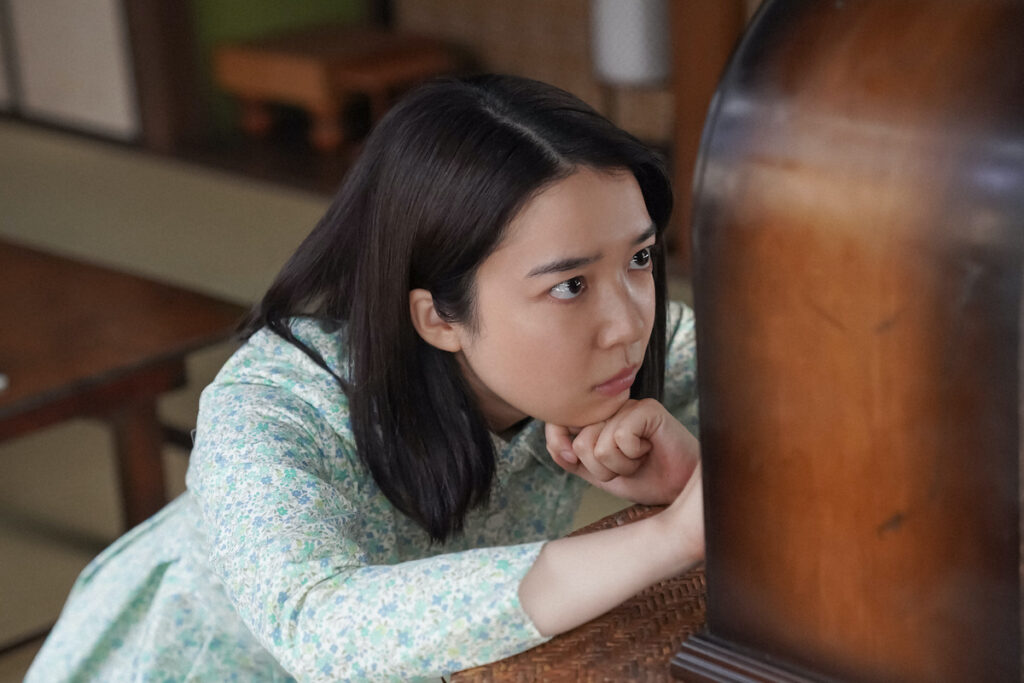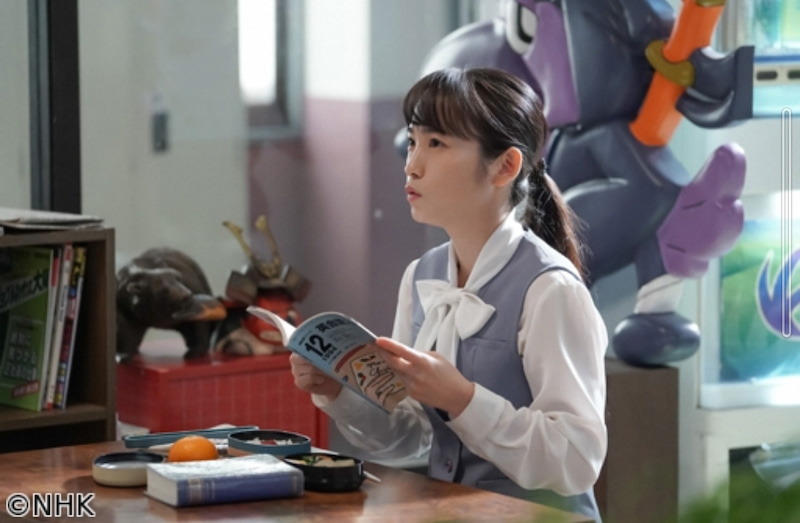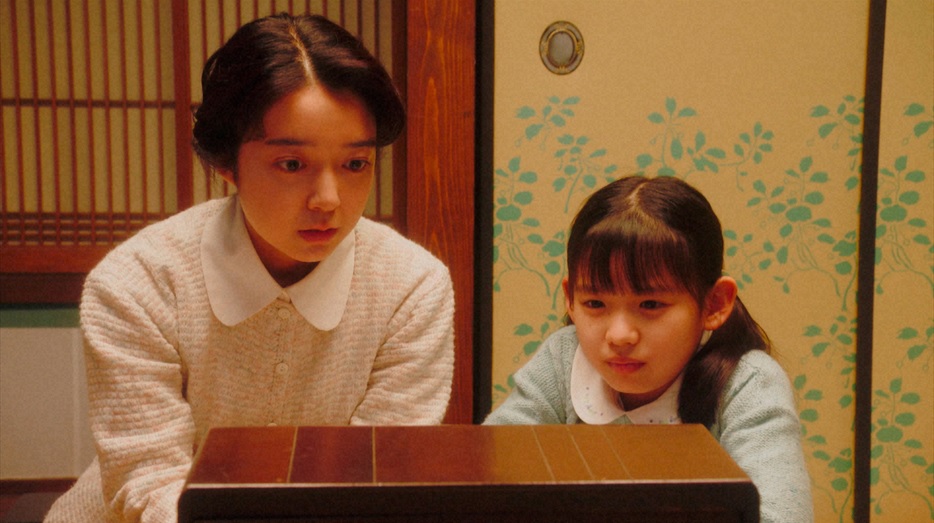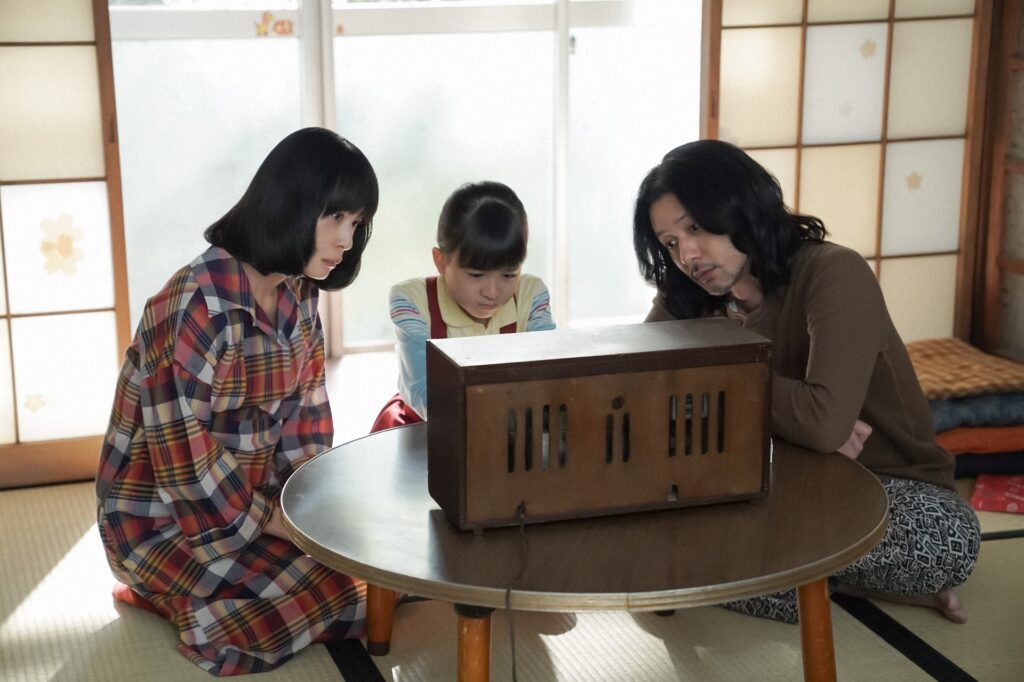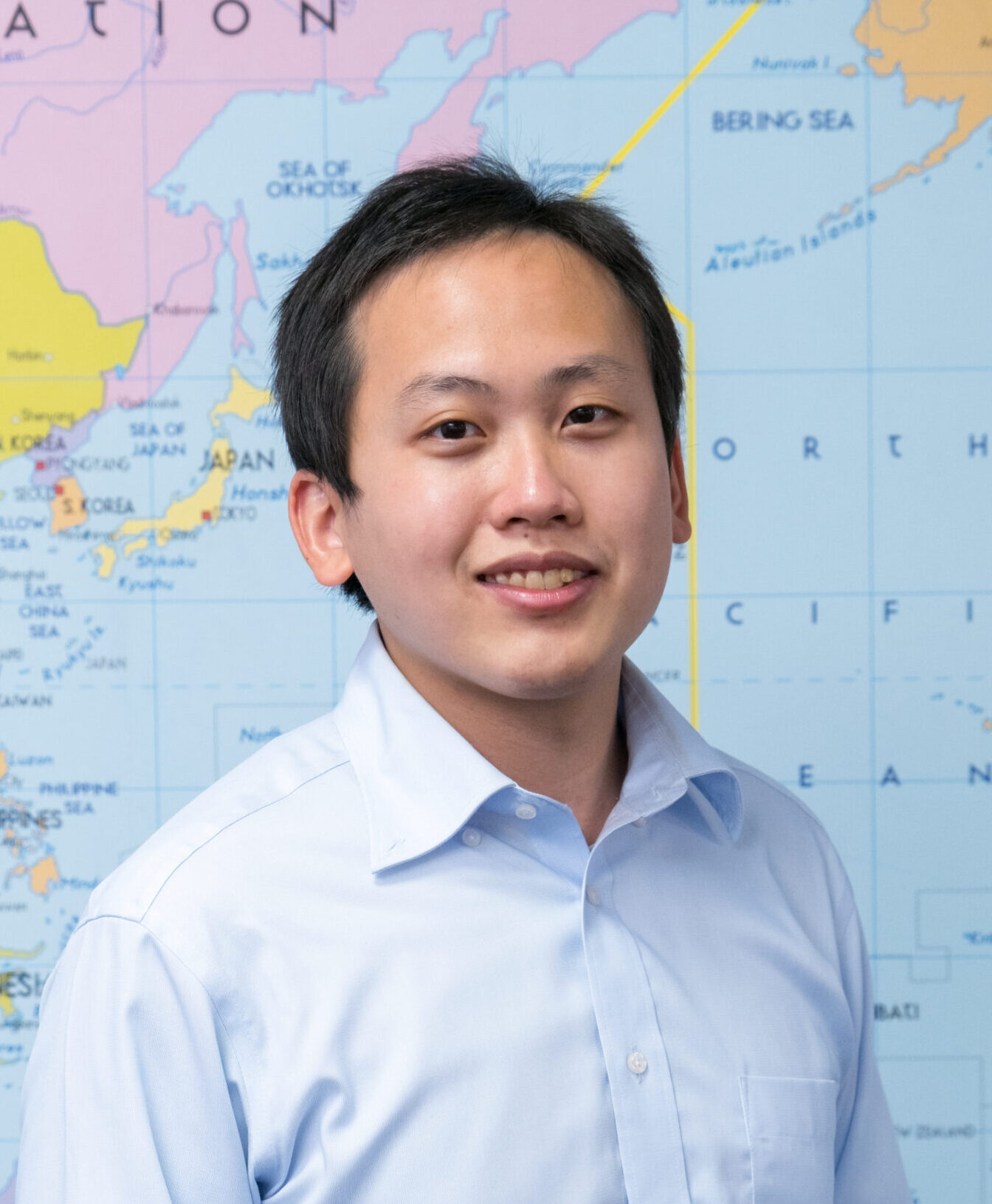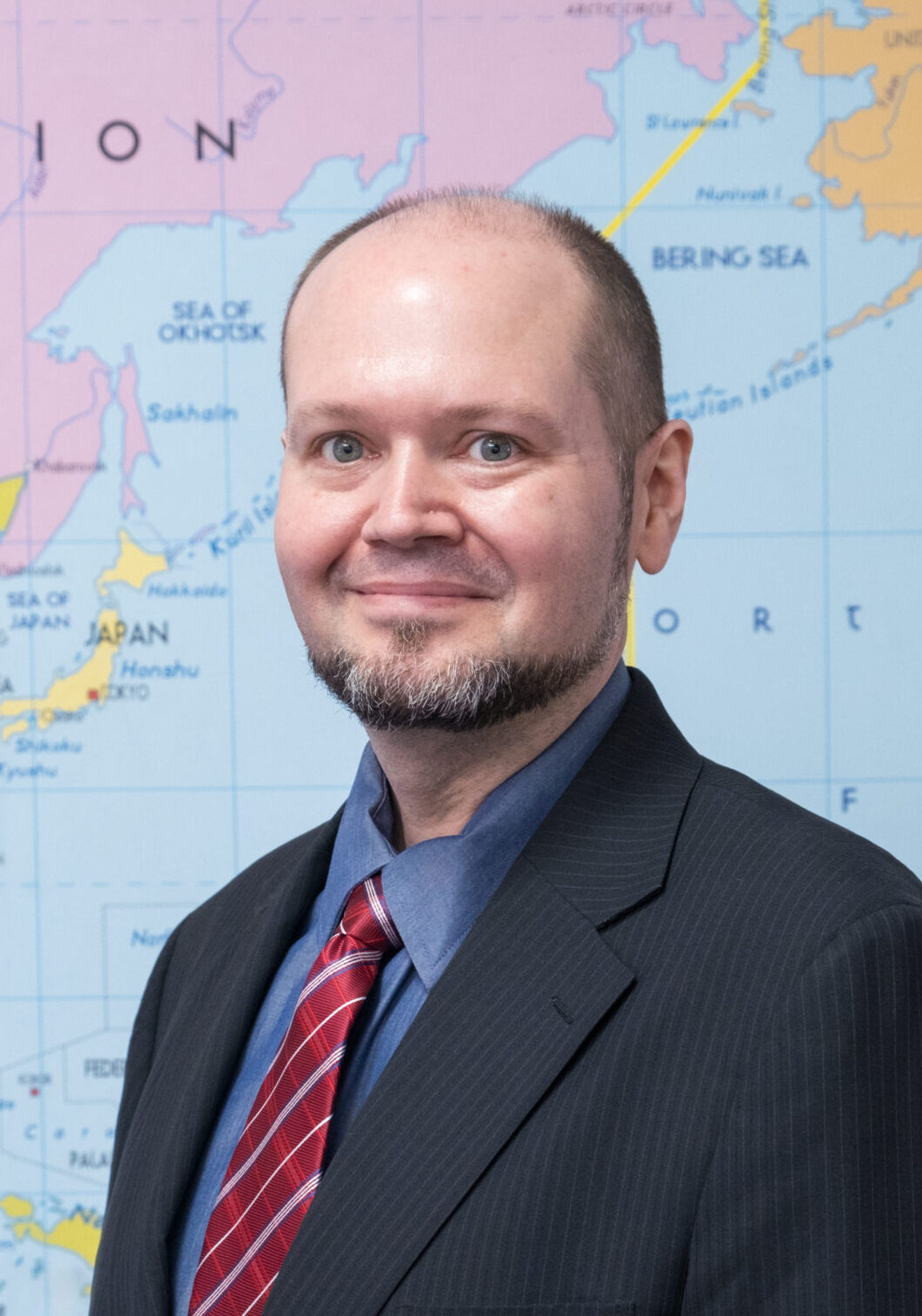NHK’s Come Come Everybody doubles down on hundred years of largely failed English education, looking ahead to another hundred years of the same.
NHK wraps up this week its latest Asadora television drama series, Come Come Everybody. The story follows the lives of three generations of women in one family, starting in 1925, the year radio broadcasts started in Japan, and projecting forward to the present era. The serialized drama weaves together threads of English radio programs, jazz, anko sweet bean paste, baseball, and historical dramas over nearly a century to connect the individual and family experiences of Yasuko, Rui, and Hinata, a grandmother, mother, and daughter.
My wife and daughter have followed the Come Come Everybody series since it started last November, and I am sometimes pulled into watching with them. My wife recently commented that, during the final two or three weeks of the series, she has mostly stopped caring about the story. Too many melodramatic absurdities have made it difficult to stay interested. My wife’s breaking point was a professional jazz trumpet player switching to piano in middle age and becoming equally successful at the new instrument. Could it happen? A person might become proficient picking up a new instrument in his 40s or 50s, but at that professional level? I lack a strong background in music, and so I did not think much about this plot element. For my wife, her own experience with piano made this sudden transformation unbelievable.
For me, I gave up on realism in Come Come Everybody early in the series. Why? The show’s portrayal of English education.
English education myths
Come Come Everbody features the three heroines each learning English through radio programs as children. Each character presents a different relationship with English, but each communicates in English in critical moments during episodes of the drama.
The problem with Come Come Everybody‘s portrayal is that it credits radio programs for teaching English, even though the historical success of such programming is spotty at best. Can a child learn English from listening to a radio show? Possibly, a little, in some cases, if the radio program supplements deeper experience with English. Can a child have fun listening to a radio show? Undoubtedly. But learning English primarily or exclusively from a radio program? No. Children mastering English fluently enough from radio shows to communicate in complex situations? Not at all likely.
Come Come Everybody‘s portrayal of learning English through listening and translation taps into stubborn educational myths in Japan. NHK’s drama doubles down on these language myths by glamorizing outmoded and discredited teaching methodologies as if they still have value. Japan consistently sits at the bottom of international rankings for English ability and English education. Japan’s embrace of these harmful myths is a reason why.
Audio-lingualism and grammar-translation
In NHK’s drama, characters rely on a combination of audio-lingualism and grammar-translation to learn English. They listen to recordings of English and copy what they hear to produce language, while also using a dictionary to translate English into Japanese. In some episodes, characters use a modern audio-lingual variant, speech shadowing, in which they simultaneously shadow the recorded English while reading along on a script.
Audio-lingualism has historical roots early in the 20th century. In the early 1900s, new technologies allowed recorded spoken language and mass broadcasting. At the same time, linguists of the era were mounting efforts to record rapidly disappearing oral languages. Technology combined with societal and academic interests, which then filtered through the era’s prevailing behavioralist psychological theories. The resulting language teaching methodology focused heavily on listening to and imitating spoken language. It was, however, a theory rooted in many misconceptions about how the brain processes and learns language. For most people, audio-lingualism was never an effective, efficient, or sufficient method to learn languages.
Speech shadowing is a recent attempt to double down on the outmoded audio-lingualism of a century ago. Speech shadowing has gained some following in East Asian countries, particularly in small circles in Japan. However, the research in favor of speech shadowing for language learning has been decidedly underwhelming.
The grammar-translation method is rooted even deeper in history. This methodology was inherited from the 19th century, when Classical Latin and Greek were the two major languages taught in elite European universities. French, German, and English had become the primary languages for politics, science, and business, but Latin and Greek survived as relics of medieval and Renaissance education, despite neither language having any living native speakers. Latin and Greek were preserved in written texts, and so language learning involved reading classical texts and translating them into one’s native language.
For most of the world, grammar-translation faded as audio-lingualism took hold. The rise of structuralism in the mid-20th century then spelled the end for audio-lingualism as a widely accepted methodology. Constructivist theories of language and an emphasis on four-skills communicative language teaching have dominated foreign language teaching methods for decades.
Not for Japan.
Japan has slowly reformed textbooks and classes to timidly accept four-skills and communicative language approaches, but these reforms often feel like superficial efforts built on top of a foundation that is still solidly grammar-translation and audio-lingual. Why Japan has held so tightly to the grammar-translation and audio-lingual myths is curious. Grammar-translation was already losing relevance in the late-1800s, just as Japan opened itself to the world, but Japan’s technocrats and scholars were intent on copying elite European and American educational institutions. Audio-lingualism was the first “new” methodology to come along in the wake of the Meiji era’s aggressive internationalization. The history of English education in Japan can be summed up as embracing those two methods and never letting go.
From a historical perspective, Come Come Everybody is accurate in showing Japanese efforts to learn English through listening to dialogues on radio programs. Such programs had a huge effect popularizing English in Japan. That popularity, however, was to the detriment of English ability in Japan. Many people may have listened, formed fan clubs, and tried eikaiwa, but how many developed capable skills in English? NHK’s drama is unrealistic in pretending that such programming successfully produced capable English speakers.
The dramatic success of the characters Yasuko, Rui, and Hinata in learning English from radio programming promotes the myth that Japan’s English education methods can be successful. If a learner experiences setbacks, struggles, and failures, the solution is simply to work harder.
This myth saves face for the Japanese educational system. It saves face for NHK’s own educational programming. However, it flies in the face of everything I know about how language works and how people learn.
Even if a small handful of proactive individuals might improve some English skills from radio or television programming, the myth leads Japan to continue wasting time and resources on fruitless teaching methods. Ultimately, foreign language lessons on radio and television provide far more entertainment value than educational value.
The learning feedback cycle
Our brains construct language out of a need to use language. We learn from situations that require choices involving language and when that language has consequences. A hundred hours of radio programming provide less direct feedback to a learner than a single two-minute, face-to-face exchange.
The radio shows featured in Come Come Everybody or NHK’s long-running Eigo de Asobo children’s television show fail on a critical learning point. Such shows may gesture toward giving listeners and viewers interactive feedback, but they don’t. At best, programming offers superficial faux feedback. Feedback is imagined by what producers expect most people will do or say. Anyone whose language response is not what producers anticipated is probably left confused and frustrated. The success or failure of our communication attempts is confirmed by direct feedback from another speaker. The depth and complexity of that feedback are critical to learning.
Those who learn with radio or television programming typically use it no more than as a supplement. They engage and communicate heavily outside of radio or television programming. Effective learners create situations for themselves that produce learning feedback cycles. It’s not the radio or television programming that is successful, but the student.
Breaking tired, old myths for the future?
Sadly, far too many of the English success stories in Japan are about students finding success in spite of the education system. Japan is full of hard-working, dedicated people who want to help, but entrenched methods and myths stymie efforts. I have lost count of the number of public school teachers who have privately admitted to me that they hate the way that they teach and know it doesn’t work, but they feel constrained by the system from doing differently. The number of students who complain is even greater.
NHK’s vision for future English education is the most troubling element of the Come Come Everybody series. What will Japan’s English education look like in the Reiwa era? Come Come Everybody chooses to paint over a hundred years of failed English education. NHK could have written Come Come Everybody to show the struggles and failures of English education in Japan during the Showa and Heisei eras, with a hopeful vision for something better in the Reiwa era. They don’t. In one of the final episodes, Hinata, the youngest of the three heroines, dreams ahead twenty years in her future. Her vision? Producing a modern radio English program that is substantially unchanged from what her grandmother listened to.
In the drama, Hinata’s grandmother passed down a technique for making delicious anko by listening to the red beans and uttering a spell. Unchanged, the technique passed from mother to daughter to granddaughter. Tradition works well for anko. It fails for Japan’s English education. Japan’s education myths were not the product of success passed down over centuries. Japan picked up a broken methodology from the West at a specific moment a century ago without understanding the the tradition or context from which those methods came.
NHK’s Come Come Everybody doubles down on hundred years of largely failed English education, looking ahead to another hundred years of the same. From the perspective of an English educator, what could be more depressing?
Japan’s English education does not have to succumb to the vision that NHK paints at the finale of Come Come Everybody. However, with NHK continuing to program pernicious myths into viewers’ minds, Japan’s educators and learners face an uphill battle.


